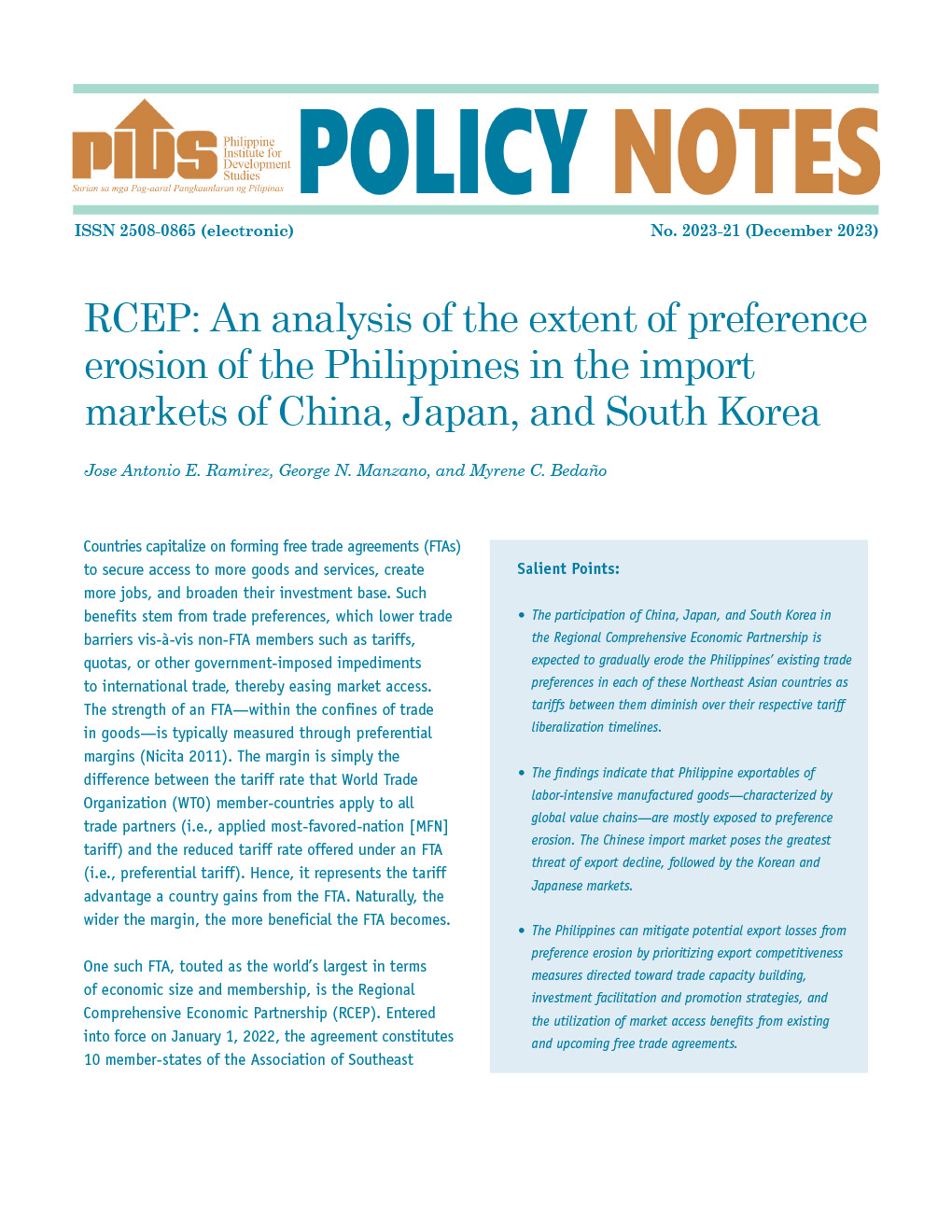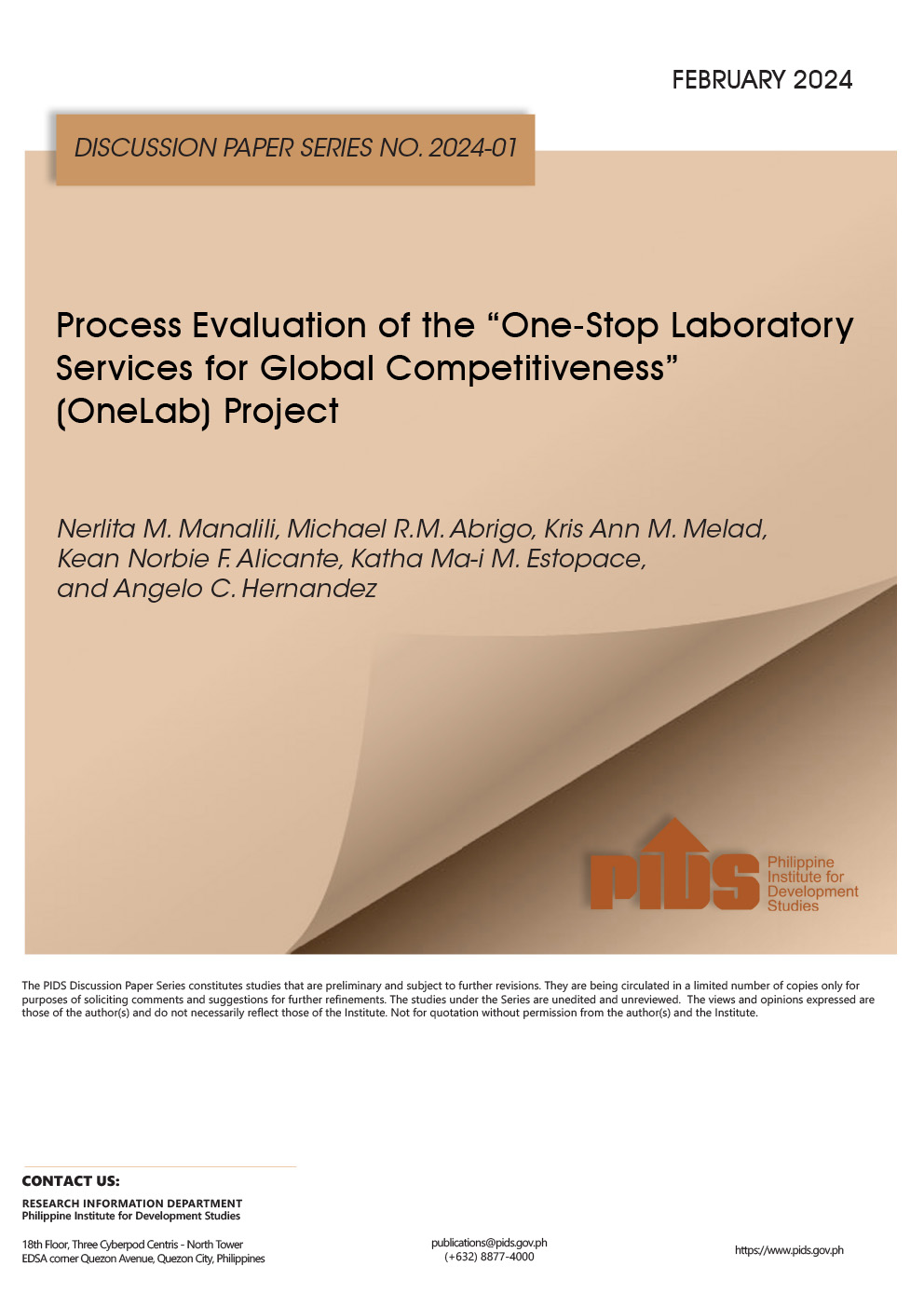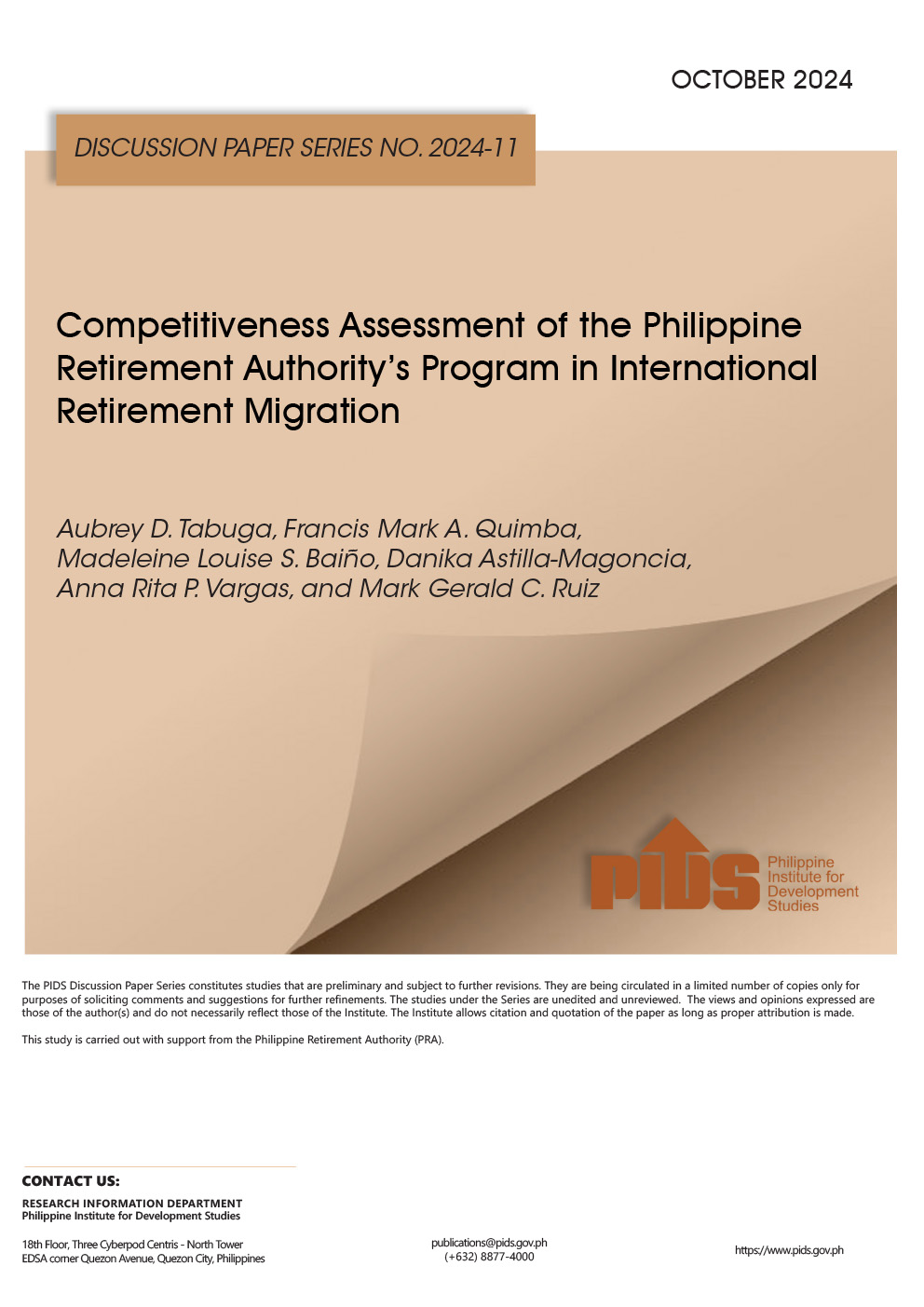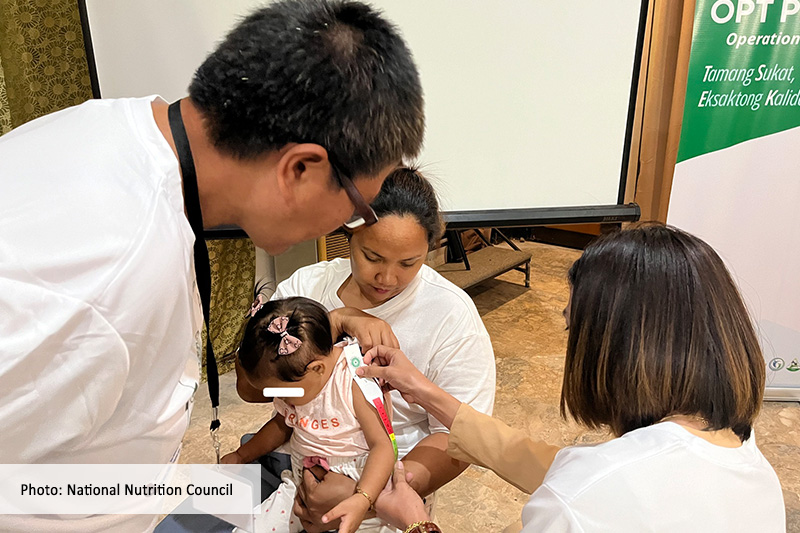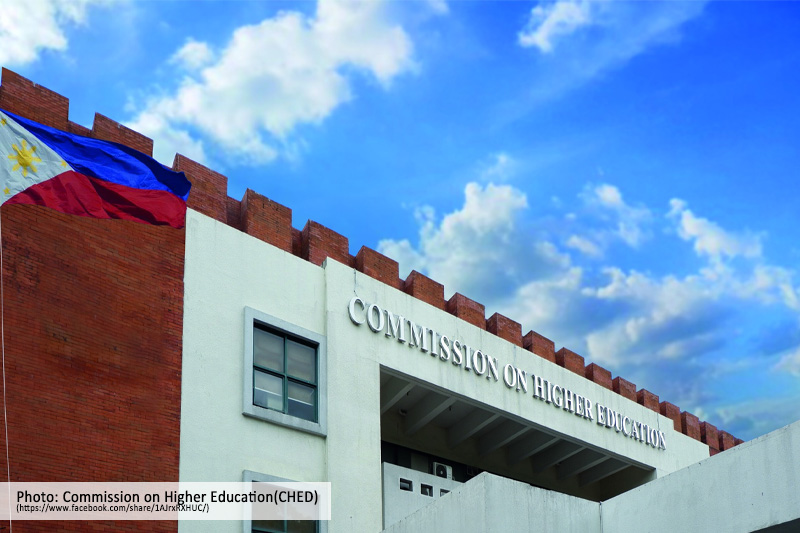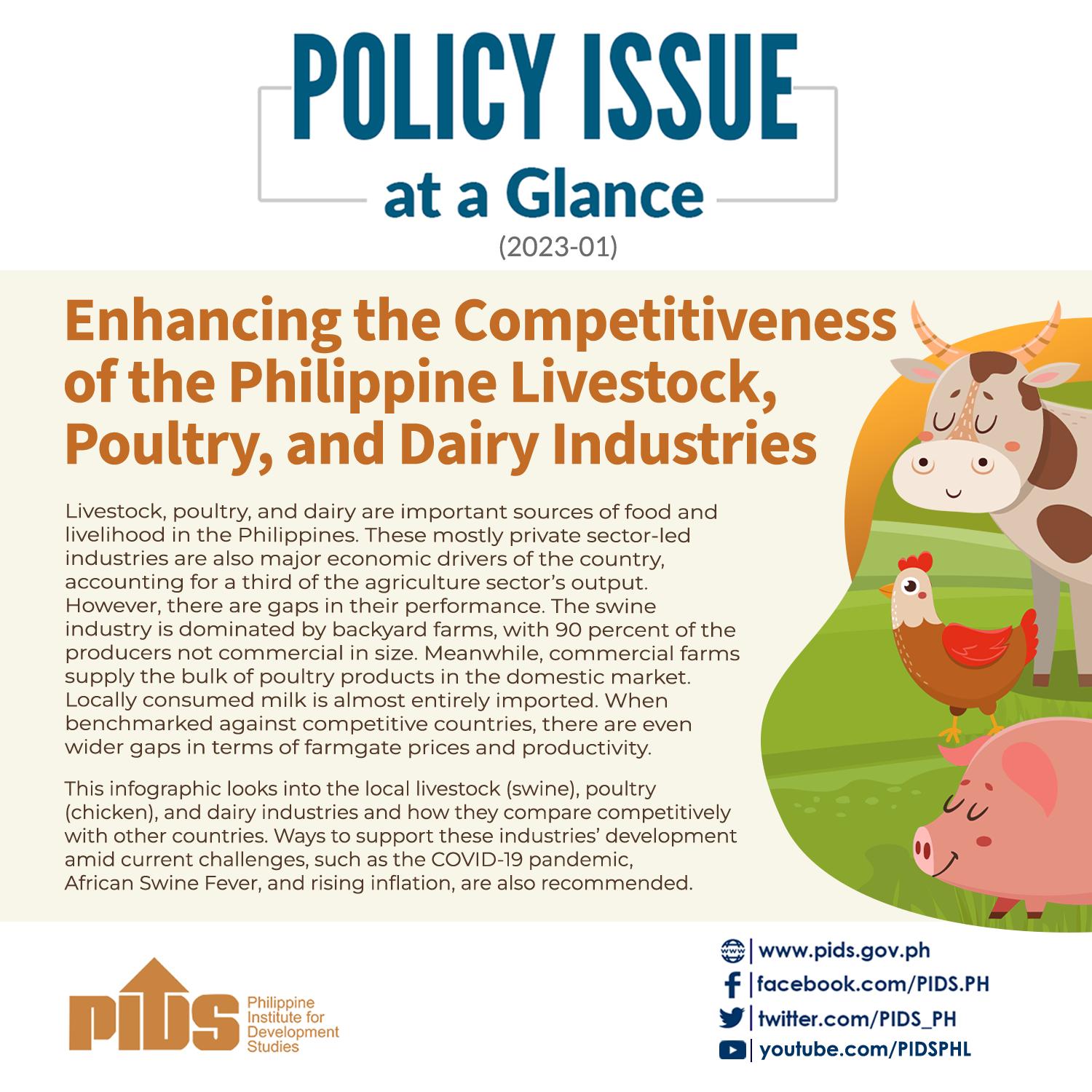ILOILO CITY, March 18 (PIA6) — It’s been about 8 years since leaders of the Association of Southeast Asian Nations (ASEAN) adopted the ASEAN Economic Blueprint in Singapore to serve as a coherent master plan guide for the establishment of the ASEAN Economic Community this year.
Since then too, the Philippines has been exerting efforts to meet its commitments vis-Ã -vis the AEC Scorecard, concerns that have been assessed and monitored especially by the National Economic and Development Authority (NEDA) and studied by the Philippine Institute for Development Studies (PIDS).
How the country has been faring in its journey to become an active stakeholder in the community especially in making it become a highly competitive economic region depends in part on the contributions of the different regions
In Western Visayas, in particular, Regional Competitiveness Committee (RCC) was set to look into how Western Visayas is taking the competitiveness challenge vis-Ã -vis the AEC.
The action involves local government units and other stakeholders as well including national government agencies and non-government organizations.
RCC co-chairperson and NEDA-6 Regional Director Ro-Ann Bacal said at a recent meeting that the committee will be coming up by end-March with an inventory of NGA and LGU programs and projects that contribute to the competitiveness of the region.
With this, we can identify the competitive areas as well as the things that have to be done to enhance the region’s competitiveness, said Bacal.
We should focus on things that we are already good at and to level up, she added.
The ASEAN Economic Community (AEC), according to the ASEAN website, shall be the goal of regional economic integration by this year. AEC envisages the following key characteristics: (a) a single market and production base, (b) a highly competitive economic region, (c) a region of equitable economic development, and (d) a region fully integrated into the global economy.
The AEC areas of cooperation include human resources development and capacity building; recognition of professional qualifications; closer consultation on macroeconomic and financial policies; trade financing measures; enhanced infrastructure and communications connectivity; development of electronic transactions through e-ASEAN; integrating industries across the region to promote regional sourcing; and enhancing private sector involvement for the building of the AEC. In short, the AEC will transform ASEAN into a region with free movement of goods, services, investment, skilled labor, and freer flow of capital.
Bacal shared that the AEC would bring about benefits to member-countries but this also means doing more actions for the region in particular and the country in general to become competitive. (JCM/JSC-PIA6)
- See more at: http://news.pia.gov.ph/article/view/901426652395/competitiveness-for-aec-needs-level-up-actions#sthash.2VkJDOn5.dpuf

